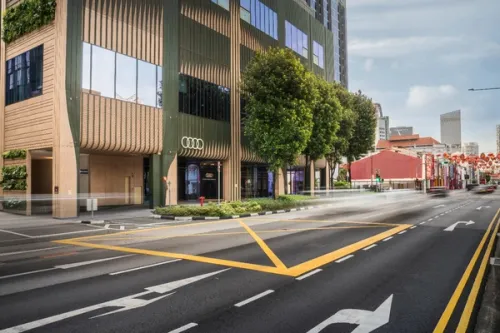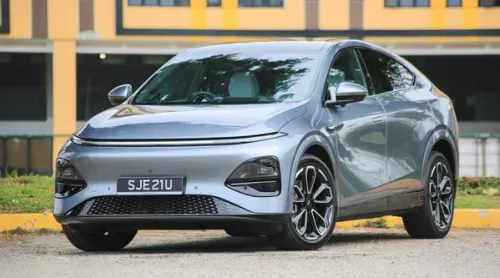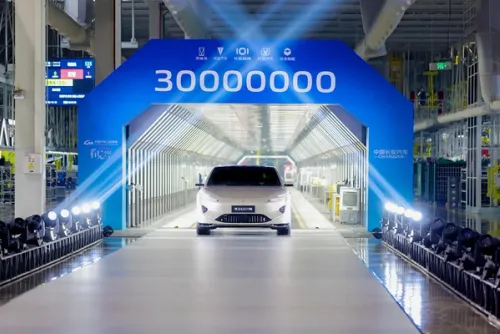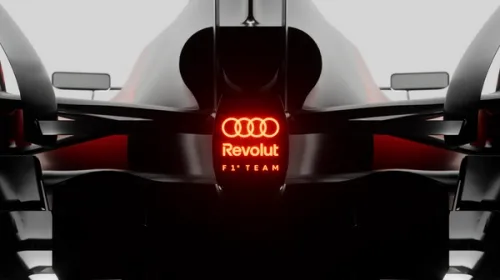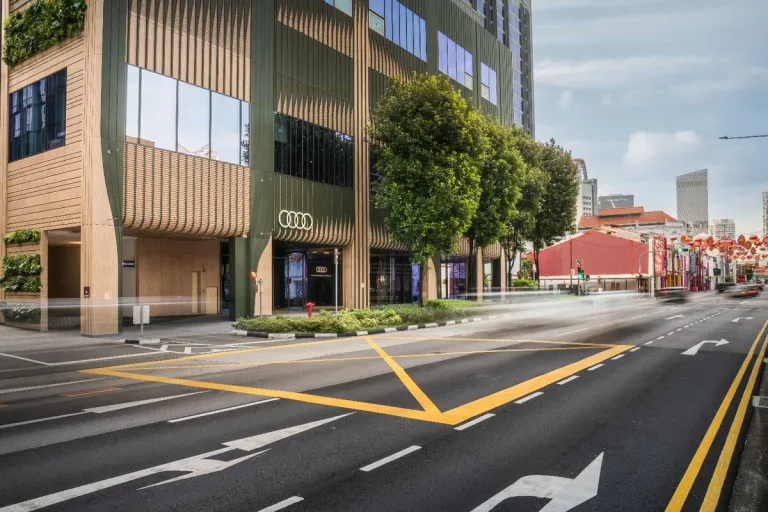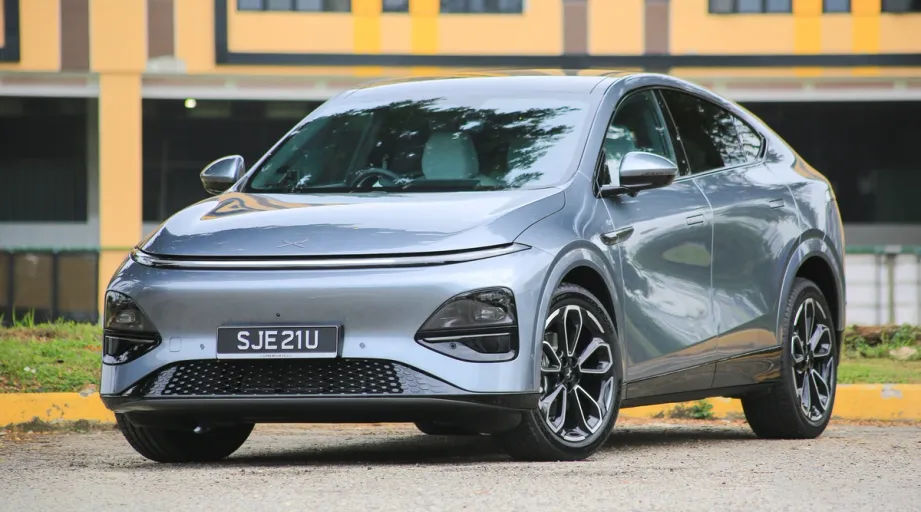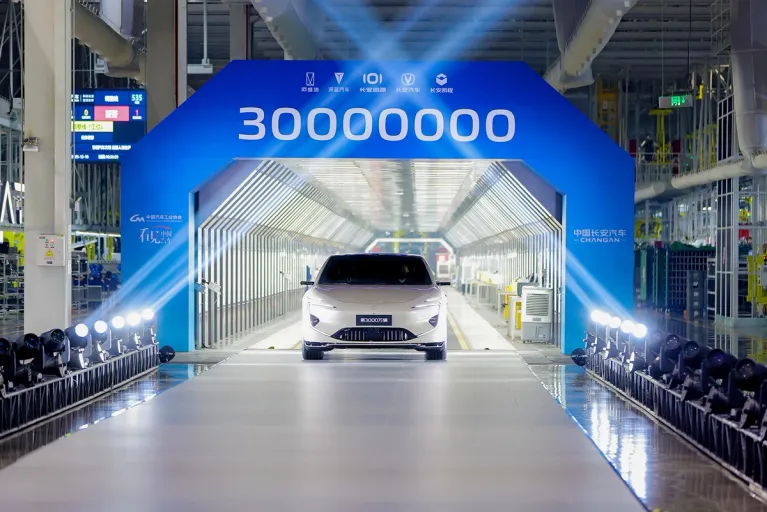Budget 2013 Aftermath
Many expected that the Government would announce changes to the COE system, following a wave of public feedback and assertions by several Members of Parliament that it was under review. However, it was the new measures unveiled during the Budget 2013 that caught everyone in the automotive industry by surprise, with the new tiered Additional Registration Fee (ARF) and the limit of bank loans leaving buyers and dealers with an air of uncertainty. How has the landscape changed? Up till the previous bidding exercise for COEs, the ARF was tagged at 100% of a vehicle’s Open Market Value (OMV). Now, buyers of cars with OMVs greater than $20,000 will have to fork out a higher ARF consisting of a component which is subjected to up to 180% of the OMV amount beyond the first $50,000. With immediate effect from 26 February 2013, the maximum tenure of bank loans for new and used cars has been reduced to 5 years, down from the previous period of 10 years. Furthermore, the maximum credit limit has been capped at between 50 to 60 per cent of a car’s total price, depending on the OMV of the vehicle concerned. A more detailed breakdown of the changes can be found in the links at the foot of this article.

From Big Brother’s point of view, the changes help boost the tax revenue collected from vehicles, make the upper class of society contribute more to taxes, and send a message to car buyers to purchase within their limits by not taking up bigger loans than they can afford. Without needing to do anything to tweak the COE system, these new measures will cool demand for new cars and affect COE prices as a side effect. Hence, it kills two birds with one stone.
Apparently, the headcount of the winged creatures being hit by the stone turns out to be more than two. On the business side, both new and used car dealers are facing a bumpy ride ahead, because it will be harder to shift cars which cost more upfront. Car rental firms may welcome more customers as they find that renting or leasing would be a less prohibitive option than owning a car, though when it is time to replace their fleet, they would not be able to avoid the higher costs eventually. Banks will see their window of opportunity to earn interest from loans narrow down, but they can and will respond by hiking interest rates.
Perhaps the group which is hardest hit is the car buyers themselves. As always, the ones with the cash to splash (as well as those who do not and therefore require large loans) bear the brunt of any new measures being implemented. One would now require deeper pockets than before to finance the purchase of a car, especially for first-time buyers.
To afford the 50% downpayment of a mid-range car costing $200,000, one is looking at a princely six-figure sum as upfront payment. I don’t think many of us have that kind of cash in our bank accounts. Even for the entry-level buyer who is looking at a car costing half as much, $50,000 is no small sum to cough up, not forgetting that we have other expenses to settle with our paychecks.
On the other end of the market, where buyers are wealthy enough to pay for the car in full without requiring a bank loan, the increased ARF would mean a higher outlay for a premium car. This can go as high as $300,000 extra for a supercar costing over a million dollars.
What is means for buyers as a whole is that cars are now less affordable to the masses given the higher barriers of entry into the exclusive ‘ownership’ club.
However, there’s a silver lining to the cloud. Given that car owners receive a PARF (Preferential Additional Registration Fee) rebate when they deregister their cars, paying a higher initial ARF means that they will receive more in return when they relinquish their cars. I am going to use two cars as examples to illustrate my point.
Volvo S60 T4
BMW 730Li
Previous ARF
$31,981
$74,365
New ARF
$36,773
$105,857
Additional outlay = [B] – [A]
PARF rebate if deregistered before 5 years
75% of ARF
75% of ARF
Previous PARF rebate at under 5 years
= 0.75 X [A]
$23,985.75
$55,773.75
New PARF rebate at under 5 years
= 0.75 X [B]
$27,579.75
$79,392.75
“Additional” PARF rebate received at
less than 5 years under new ARF scheme
= [E] – [D]
Nett additional outlay for 5 years
= [C] – [F]
PARF rebate if deregistered at 9.5 years
50% of ARF
50% of ARF
Previous PARF rebate at 9.5 years
= 0.50 X [A]
$15,990.5
$37,182.5
New PARF rebate at 9.5 years = 0.50 X [B]
$18,386.5
$52,928.5
“Additional” PARF rebate received at
9.5 years under new ARF scheme = [I] – [H]
$2,396
$15,746
Nett additional outlay for 9.5 years
= [C] – [J]
*Note: The Volvo S60 T4 falls under Band B (Neutral) of the CEVS classification, and hence will not attract any surcharges/be entitled to any rebates on its ARF. The BMW 730Li is in Band C1 and is subject to a surcharge of $5,000 on top of its ARF from 1 July 2013.
In summary, it means that you actually don’t pay the full difference in ARFs (new versus old) after you receive your PARF rebate. So while it may appear that you are paying $31,492 more for the BMW, in fact, once you deregister the car before 5 years, you receive $23,619 more in rebates, meaning the actual additional cost to you is $7,873 for less than five years. The longer you keep your car, the more you pay (as shown by [K] versus [G] in the table). We could think of it as an added component to the annual depreciation, or as increased road tax.
As seen for the above calculations, the revision of ARF rates is actually the lesser evil of the two changes in my opinion. While the bank loan restrictions may not affect the affluent, the impact would surely be felt by many buyers from the middle-class. They would now have to either put their dreams of a new car on hold, or find alternatives such as used cars or rental cars. Existing car owners may delay plans to upgrade or change their cars, preferring to hold on to their current rides until the COE tenure is up. Hence, we may well see an ageing vehicle population in the coming years.
Nevertheless, as buyers adopt a ‘wait-and-see’ approach, COE prices in the next tender might fall, opening up the avenue for a group of upgraders and prospective buyers to enter the market. Question is, by how much? This is what everyone’s attention will be on.
Credits:


Get the Best Price for your used car
from 500+ dealers in 24 hours

- Convenient and Hassle-Free
- Consumer Protection
Transparent Process
With No Obligation
